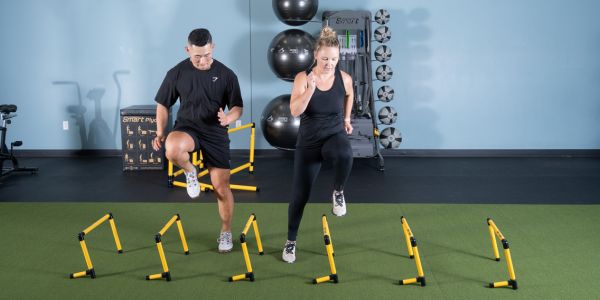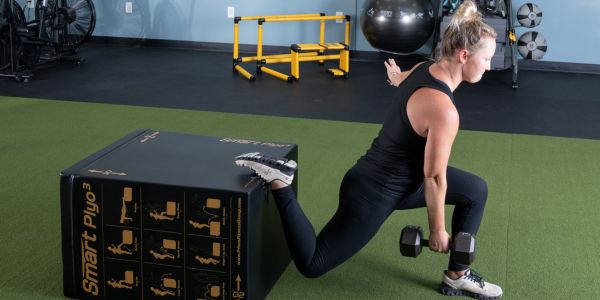If you’re looking for an effective and efficient way to start training with smart hurdles, this guide is the perfect place to start. Smart Hurdles are a great way to not only advance your agility skills, but also improve coordination and speed. Training with Smart Hurdles can be both fun and challenging! They allow users to increase their performance in a range of activities.
When some askes you about Hurdles what you do think of first? Probably a track and field race? But hurdles can be used for so much more than racing! And training with Smart Hurdles can help improve your performance on nearly any activity from everyday life to elite athletes. Depending on what your goals are you can use Smart Hurdles to do drills that focus on performance skills, like speed, agility, and plyometrics. Or you can use Smart Hurdles to help improve everyday skills like balance and coordination.
When training with hurdles, it is important to initially focus on technique versus height. Technique drives athletic performance and the increase in height will occur gradually and naturally over time.
Using agility hurdles to perform drills at various heights can positively affect lateral speed, linear speed, agility, and flexibility. Quick feet, strong bounding abilities, fast directional changes, and powerful jumps are common to great athletes in many sports (either on the court or field).

Here are a few specific exercises to get you started training with Smart Hurdles:
Train for speed!
This sprint progression drill mimics stride length using a series of low hurdles in a row. Put one walking stride length between each #1 Smart Hurdle. The athlete uses the same lead leg over each hurdle in the series. Work to completes the same number of reps with each leg. Once the drill is mastered, space should be increased between the last five hurdles. The athlete should still complete one (landing) step between each hurdle. This encourages a smooth transition from quick small steps to quick longer steps.
Training with Smart Hurdles for agility!
The “Ickey Shuffle” requires a series of low hurdles set in a row (like the rungs of a ladder). The athlete starts at one end and moves forward through the row of hurdles. Focus on the 1,2,3 foot pattern inside and outside the hurdles (i.e. in, in, step out; left, right, left; right, left, right). Start slowly, gradually increasing speed overtime.
Want more agility training? Check out our post Get More Out of Your Workouts With Agility Training
Train with plyometrics!
This drill is a great way to improve an athlete’s agility, quickness, and coordination. The two low hurdles should be placed approximately one yard apart from each other. The athlete should start on one side of the hurdles. To begin, the athlete hops over one hurdle onto the other side. Then immediately hops back over to the starting side. This movement is repeated as quickly as possible.
In order to get the most out of this drill, it’s important for athletes to maintain good form throughout. This means keeping their feet close together while hopping in order to minimize wasted motion and maximize speed. Athletes should also focus on staying light on their feet and landing softly in order to reduce impact forces.
This drill can be performed for a set amount of time or for a certain number of repetitions. It can also be combined with other drills that use smart hurdles in order to create a comprehensive training program that improves overall athleticism and performance.
Training with Smart Hurdles for balance and coordination!
Set up three #4 or #5 Smart Hurdles about a yard apart. Lower your body to move under the bar, then swing your leg one at a time over the next bar.








